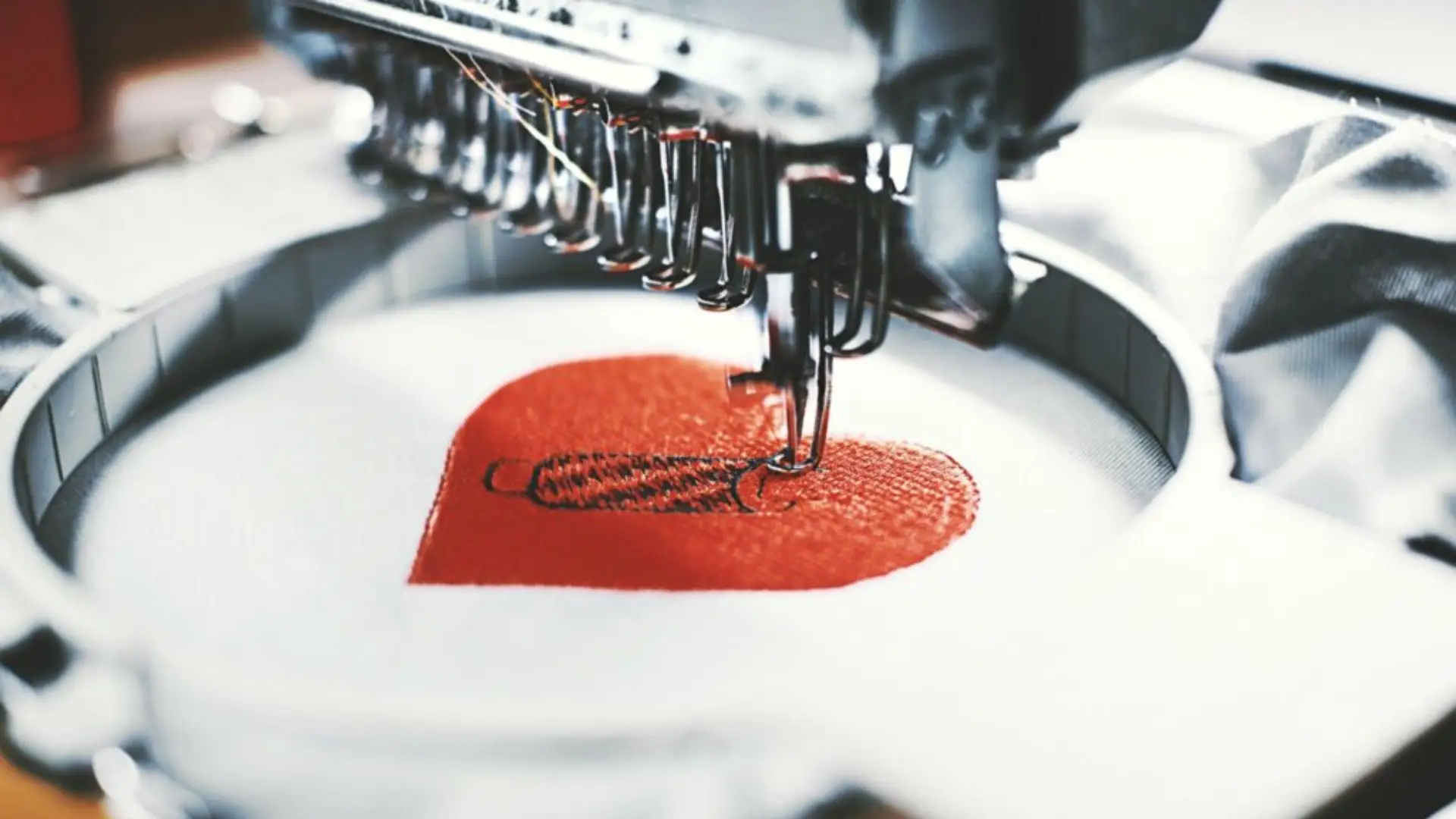High-quality stitching is essential for creating well-defined, durable, and professional-looking embroidered patches. Every detail, from stitch density to thread tension, influences the final appearance of a patch. This article explores how superior stitching techniques enhance embroidered patch quality.
The Role of Stitch Density in Patch Clarity
Stitch density plays a crucial role in the clarity and definition of embroidered patches. A higher stitch density ensures tight, well-formed details, while lower density can cause gaps or an unfinished appearance. Balanced stitch density enhances the overall quality of the patch.
Poor stitch density can lead to distortion and a lack of precision, especially in intricate designs. Professional digitizing ensures that density is adjusted according to the patch size and fabric type, preventing overcrowding or loose stitches.
Businesses seeking premium patch digitizing can explore Mahi Digitizing’s custom patch services for perfectly balanced stitch density and high-definition designs.
Thread Tension and Its Impact on Patch Durability
Proper thread tension is essential for durable and long-lasting embroidered patches. Incorrect tension can cause thread fraying, breakage, or loose stitches, compromising the patch’s overall strength and appearance.
Well-calibrated thread tension ensures smooth stitching transitions and reduces the risk of uneven patches. By maintaining optimal tension, digitizers create patches that are not only visually appealing but also highly durable.
High-quality embroidery software, such as Wilcom Embroidery Software, helps in achieving consistent thread tension for flawless patch stitching.
The Importance of Clean Stitch Edges
Clean stitch edges contribute to a professional finish in embroidered patches. Poorly executed borders or jagged edges can make a patch look unrefined and reduce its aesthetic appeal. High-quality stitching ensures sharp and clean outlines.
Digitizing techniques, such as satin stitching or merrowed borders, enhance the definition of patch edges. These methods prevent thread unraveling and improve the overall durability of the patch.
For custom patches with precise and clean stitch edges, businesses can rely on Mahi Digitizing’s expert embroidery services.
Fabric and Backing Choices for High-Quality Patches
The choice of fabric and backing significantly impacts patch quality. Sturdy fabrics, such as twill or felt, provide a solid base for embroidery, ensuring patches maintain their shape over time.
Proper backing, such as heat-seal or iron-on, adds durability and ease of application. The backing type must be selected based on how the patch will be used, whether for uniforms, fashion, or promotional items.
Companies looking for versatile patch options can explore Mahi Digitizing’s custom patch solutions to choose the right fabric and backing for their needs.

